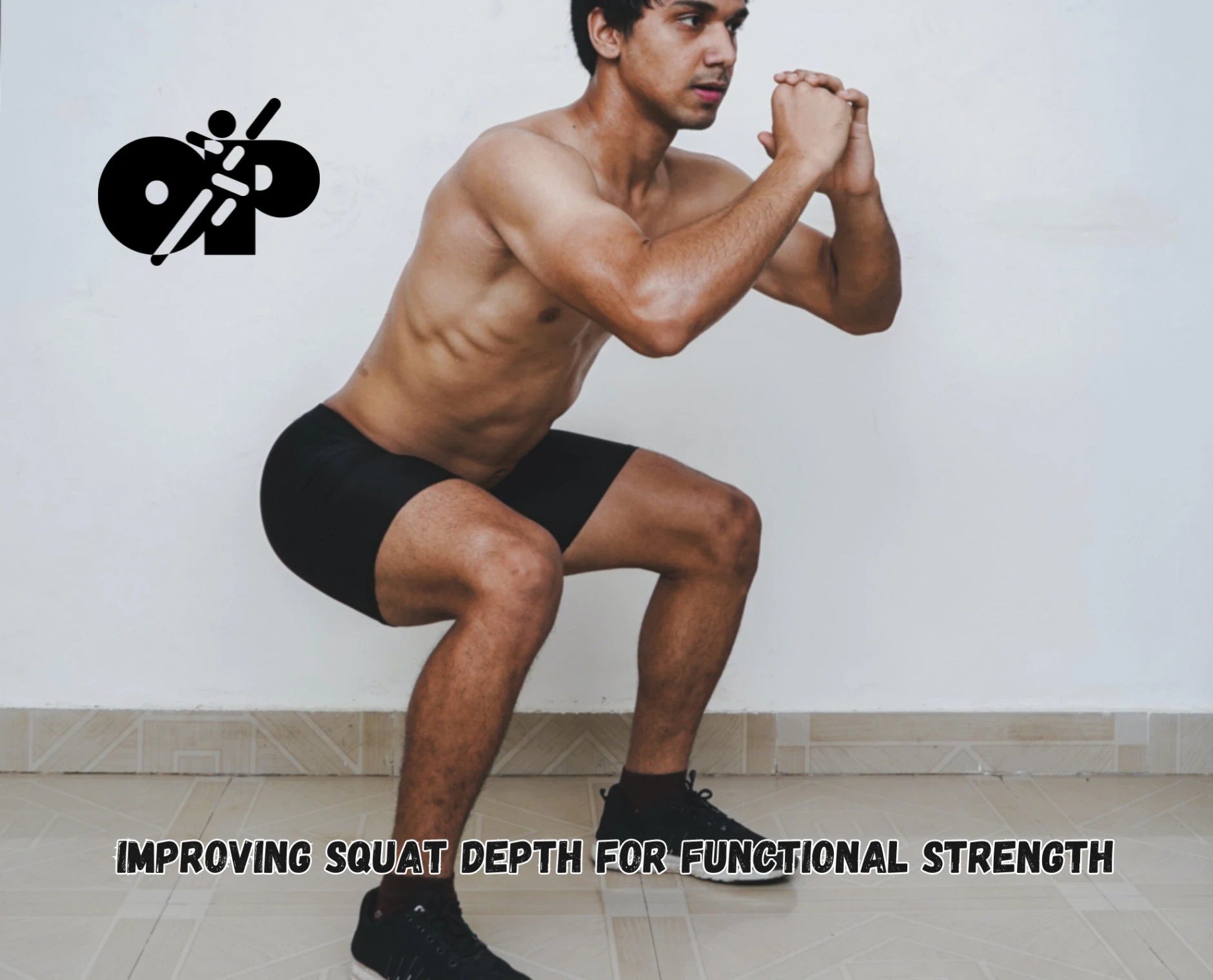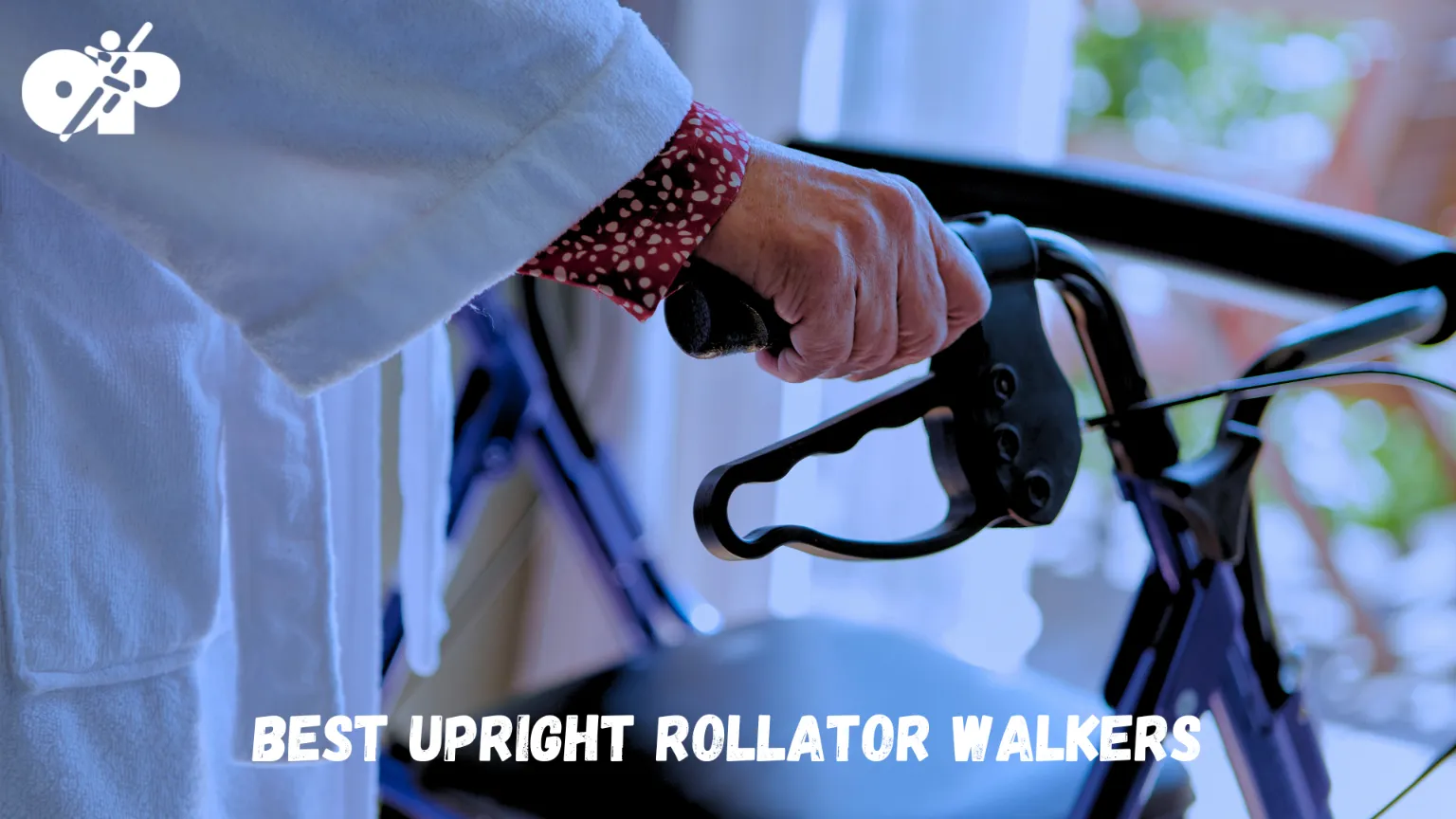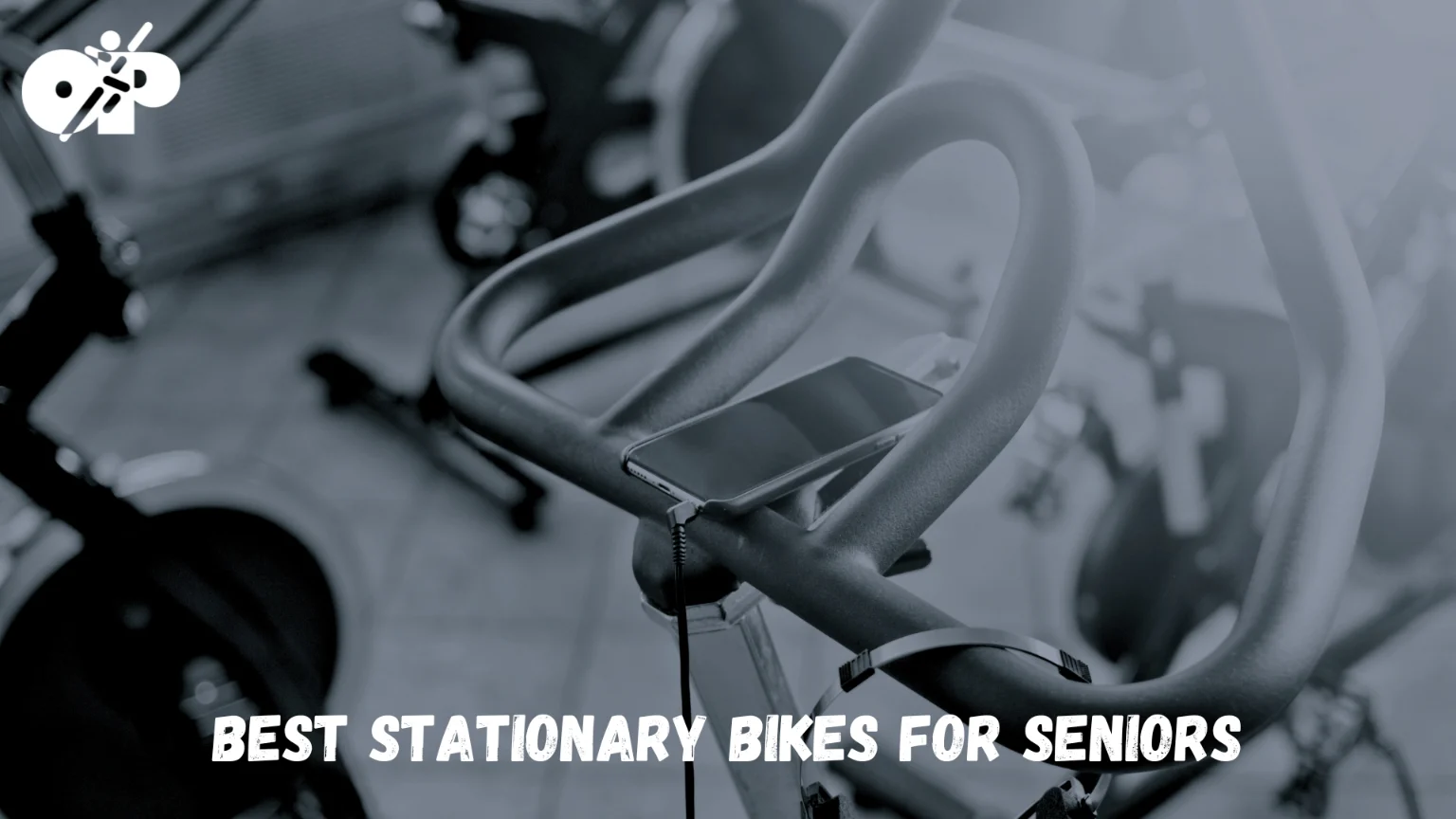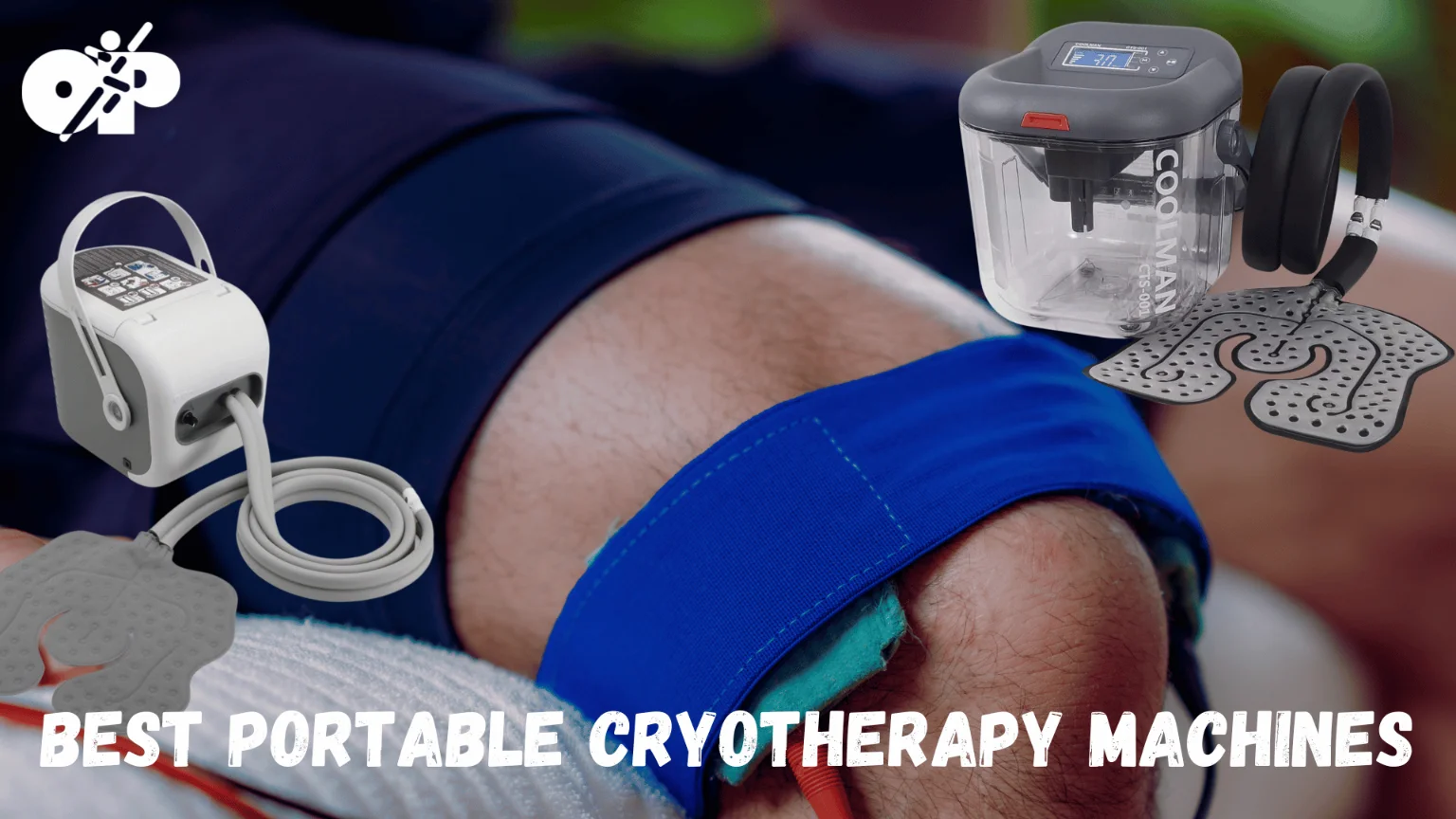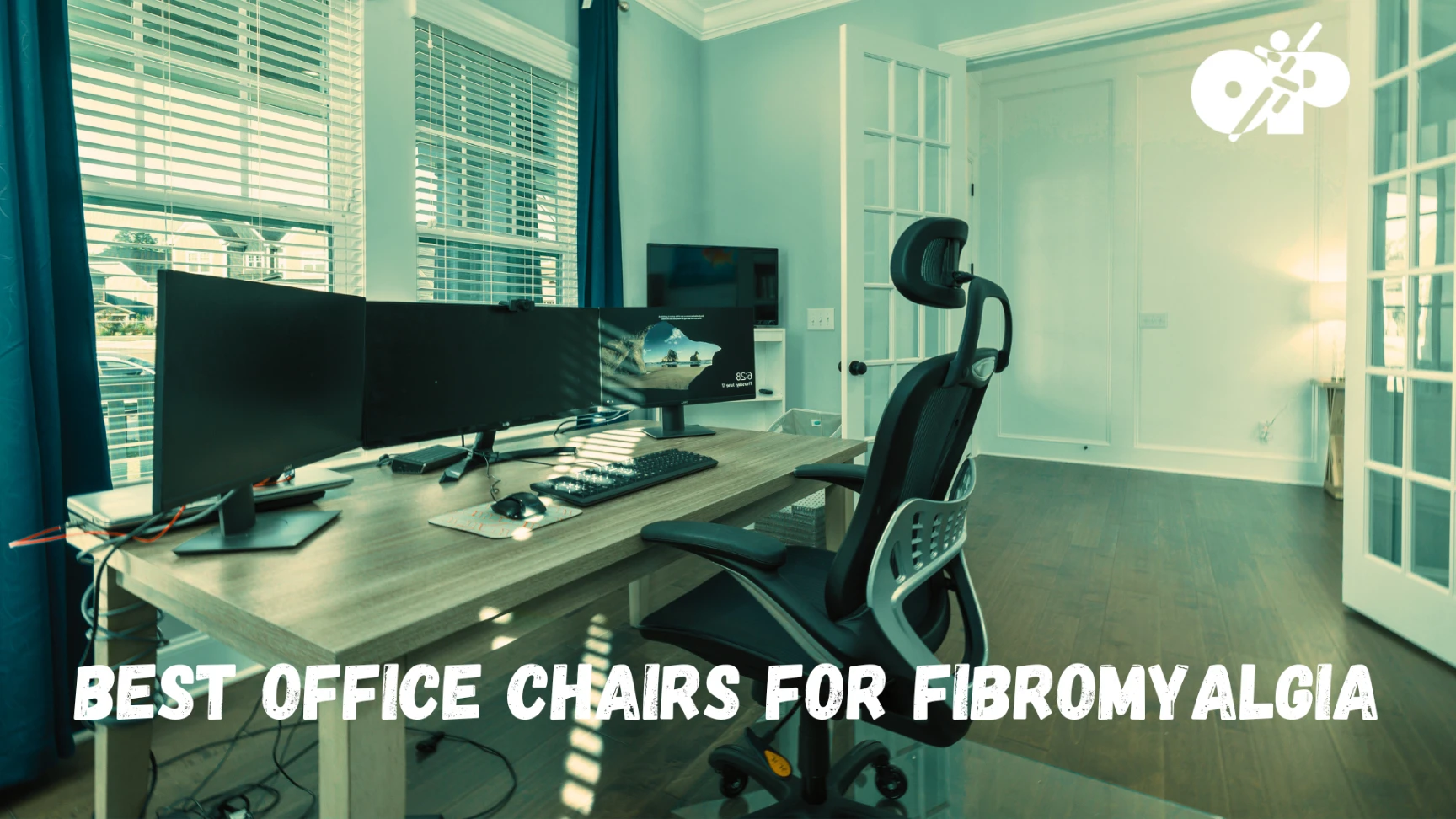The squat, often heralded as the king of all exercises, is a comprehensive movement that demands coordination, strength, and mobility. It’s a foundational exercise performed by athletes, weightlifters, and fitness enthusiasts alike. Squat depth, referring to how low a person can go during a squat, is pivotal in determining the effectiveness of the exercise.
Understanding and achieving optimal squat depth is not merely a matter of gym performance. It translates to functional strength and mobility that benefits daily life activities and overall health. A well-executed squat with proper depth promotes muscle development, joint health, balance, and coordination.
This article aims to provide a comprehensive guide on improving squat depth. Whether you are a beginner struggling with the basic squat form or an experienced athlete aiming to perfect your technique, the following sections will provide valuable insights and actionable steps to enhance your squat depth.
Importance of Squat Depth
The depth of a squat significantly influences the benefits derived from the exercise. Here’s why squat depth is crucial:
Full Muscle Engagement
Achieving proper depth in a squat ensures that the major muscles of the lower body, such as the glutes, quadriceps, and hamstrings, are fully engaged. This complete engagement results in better muscle development and strength gains.
Joint Health
Proper squat depth fosters healthy biomechanics, aligning the knees, hips, and ankles in a manner that minimizes undue stress. This alignment is vital in preventing injuries and promoting long-term joint health.
Functional Fitness
The ability to squat deeply is not just about lifting heavier weights. It’s about functional fitness, reflecting how our bodies are meant to move. Deep squatting develops skills that translate into better performance in sports and ease in performing everyday tasks like picking up objects from the ground.
Enhanced Core Strength
The deeper the squat, the more the core has to work to stabilize the body. This increased engagement leads to improved core strength and stability.
Caloric Burn
Since deep squats engage more muscles, they also burn more calories, contributing to fat loss and overall fitness.
Understanding the Barriers to Squat Depth
Improving squat depth requires identifying and overcoming specific barriers. These barriers can vary widely among individuals, but they often fall into the following categories:
Mobility Issues
Stiffness or limited range of motion in the ankles, hips, or knees can significantly hinder the ability to squat deeply.
Strength Deficiencies
Lack of strength in the core and lower body muscles may lead to an inability to maintain proper form as one descends into a squat.
Technique Challenges
Incorrect posture, foot positioning, or movement patterns can prevent the achievement of optimal squat depth.
Psychological Factors
Fear of injury or simple discomfort with the sensation of squatting deeply may limit one’s willingness to attempt deeper squats.
Recognizing these barriers is the first step towards overcoming them. Each barrier requires a targeted approach, and understanding your unique challenges will guide your journey towards deeper, more effective squats. Assessing Your Current Squat Depth
Before embarking on any improvement journey, it’s essential to know where you’re starting. Here are some ways to assess your current squat depth:
Visual Assessment
Recording a video of your squat or using a mirror can provide immediate feedback. Analyze the alignment of your hips, knees, and ankles at the deepest point of your squat.
Consulting a Professional
Working with a fitness coach or physical therapist can provide expert insights into your current squat depth and highlight areas that need improvement.
Self-Check with Props
Using props like a bench or box at various heights can give tangible benchmarks for squat depth.
Improving Flexibility for Squat Depth
Flexibility is often one of the main barriers to achieving proper squat depth. Improving mobility in key areas can lead to noticeable gains.
Ankle Mobility
Limited ankle flexibility can prevent the knees from traveling forward during a squat, hindering depth. Here are some strategies to improve ankle mobility:
Calf Stretching
Regularly stretching the calf muscles can increase the dorsiflexion range of motion in the ankles.
Ankle Circles and Movements
Dynamic stretching through controlled ankle movements helps in warming up and enhancing flexibility.
Hip Flexibility
The hips play a central role in squatting, and having open and flexible hips can significantly enhance squat depth.
Hip Flexor Stretching
Tight hip flexors can limit squat depth. Regular stretching targeting these muscles is essential.
Dynamic Hip Opening Exercises
Movements like leg swings and walking lunges prepare the hips for the demands of squatting.
Knee Mobility
Though the knee joint doesn’t require extensive flexibility, the surrounding muscles and tissues do.
Quad and Hamstring Stretching
Regularly stretching these muscles helps in achieving a full range of motion during squats.
Foam Rolling
Using a foam roller on the thighs and calves can help in releasing tightness and improving overall knee mobility.
Building Strength for Squat Depth
Adequate strength in specific muscle groups is vital for achieving and maintaining proper squat depth.
Core Strength
A strong core helps in maintaining the correct posture and alignment during a squat.
Planks and Core Stabilization Exercises
Planks are one of the best exercises for core stabilization. To perform a plank:
- Start in a push-up position, but rest on your forearms instead of your hands.
- Keep your body in a straight line from head to heels.
- Engage your core and hold the position for as long as possible.
- Focus on breathing and avoid sagging your hips.
Other core stabilization exercises include:
- Dead Bug: Lying on your back, raise your arms and legs, then lower them one at a time without letting your back arch.
- Bird Dog: From a hands-and-knees position, extend one arm and the opposite leg, then switch sides.
Russian Twists and Oblique Workouts
This exercise targets the obliques, the muscles on the sides of the abdomen.
- Sit on the floor, knees bent, leaning back slightly.
- Hold a weight with both hands, and twist your torso to one side, touching the weight to the floor.
- Repeat on the other side.
Other oblique-targeting exercises include side planks and bicycle crunches.
Lower Body Strength
Goblet Squats
Goblet squats target the glutes and quads.
- Hold a weight close to your chest.
- Perform a squat, keeping your chest up and knees tracking over your toes.
Bulgarian Split Squats
This exercise isolates one leg at a time.
- Stand in front of a bench with one foot behind you on it.
- Lower into a squat on the front leg, keeping your chest up.
Glute Bridges and Hip Thrusts
Glute Bridges
This exercise specifically targets the glutes.
- Lie on your back with knees bent and feet flat on the floor.
- Squeeze your glutes and lift your hips toward the ceiling.
Hip Thrusts
A more advanced version of the glute bridge.
- Perform the glute bridge, but with your upper back on a bench.
Stability Muscles
Single-Leg Exercises
Exercises like single-leg squats help identify and work on imbalances.
- Stand on one leg.
- Perform a squat, keeping your chest up.
Balance Drills
Balance exercises can include:
- Single-Leg Deadlift Hold a weight in one hand, stand on the opposite leg, and hinge at the hips.
- BOSU Ball Squats Perform squats on a BOSU ball to challenge stability.
These exercises, when performed consistently and with proper form, can greatly enhance the strength and stability required for deep squats. It’s always good to consult a fitness professional to ensure that the exercises are suitable for your level and are being performed correctly.
Perfecting Technique for Squat Depth
Achieving proper squat depth is heavily reliant on having the right technique. Here’s a detailed guide on how to refine your squatting technique:
Foot Positioning
Foot placement sets the foundation for a successful squat.
Find Your Stance
Everyone’s ideal stance width may differ based on anatomy and comfort. Experiment to find the best position for your feet that allows you to squat deeply.
Toe Alignment
Generally, toes should be pointing slightly outwards. This alignment helps in opening up the hips and achieving better depth.
Spinal Alignment
Keeping the spine neutral is crucial for squatting safety and effectiveness.
Avoid Overarching or Rounding
Focus on maintaining a natural curve in your spine throughout the squat.
Engage the Core
Actively engaging the core muscles helps in keeping the spine aligned.
Depth Progression
Gradually working towards deeper squats is a safe and effective approach.
Use Props
Starting with squatting to a chair or bench and progressively lowering the height can assist in developing depth.
Partial Squats
Performing squats to varying depths and gradually increasing can also aid in progression.
Breathing and Bracing
Proper breathing and bracing technique contribute to stability and control during squats.
Breathe Deeply
Inhaling deeply into the abdomen helps in creating internal pressure that supports the spine.
Brace Effectively
Actively bracing the core muscles during a squat enhances stability and control.
Overcoming Psychological Barriers to Squat Depth
Mental barriers can be as limiting as physical ones. Here’s how to tackle them:
Setting Realistic Goals
Break down the process into manageable steps and celebrate progress along the way
Building Confidence through Practice
Regular practice in a safe and controlled environment can ease fears and build confidence.
Seeking Guidance from Professionals
Sometimes, professional guidance can provide the assurance needed to overcome mental blocks.
Utilizing Equipment and Accessories for Squat Depth
Certain equipment and accessories can facilitate the achievement of optimal squat depth:
Weightlifting Shoes
These shoes are designed with a raised heel that can compensate for limited ankle mobility, aiding in squat depth.
Squat Racks with Adjustable Safety Bars
Safety bars set at an appropriate height can provide a sense of security, allowing for more comfortable exploration of squat depth.
Resistance Bands
Using bands around the knees can provide cues for proper knee alignment and assist in building the necessary strength and stability.
Quality Barbells and Plates
Investing in or seeking out well-balanced and appropriately sized barbells and plates can make the squatting experience more comfortable and controlled.
Tracking Progress and Staying Motivated
Improvement doesn’t happen overnight, especially when it comes to a complex movement like the squat. Tracking progress and maintaining motivation are crucial components of a successful journey to improving squat depth.
Tracking Progress
Keep a Training Log
Writing down your exercises, sets, reps, and notes about how you felt during each session provides valuable insights into your progress.
Take Regular Videos or Photos
Visual documentation can provide clear evidence of improvement and help in making necessary adjustments.
Use Specific Benchmarks
Setting specific and measurable goals gives you concrete milestones to work towards.
Staying Motivated
Celebrate Small Wins
Every improvement, no matter how small, is a step in the right direction. Acknowledge and celebrate these moments.
Find a Training Partner or Community
Sharing the journey with someone or being part of a supportive community can keep you motivated.
Stay Patient and Consistent
Progress may be slow at times, but consistent effort will yield results. Stay patient and trust the process.
Seek Professional Guidance if Needed
If you feel stuck or need specialized assistance, don’t hesitate to seek professional guidance from a coach or therapist.
Improving squat depth is a gradual process that requires diligent tracking and sustained motivation. Embracing this process and appreciating the journey can make it an enriching experience that extends beyond mere physical gains.
Improving Squat Depth – Summarized
Improving squat depth is a multifaceted process that demands attention to several key areas. Here’s a summary of what we’ve explored in this comprehensive guide:
Proper squat depth is not just an athletic achievement. It signifies functional strength, promotes full muscle engagement, enhances joint health, and contributes to overall fitness. Recognizing individual barriers to squat depth, be they mobility issues, strength deficiencies, or mental blocks, is the starting point for improvement. Utilizing visual assessments, professional guidance, or self-check methods provides a clear understanding of where you are and what needs improvement. Working on specific flexibility in the ankles, hips, and knees facilitates a deeper squat. Consistent stretching and mobility work can make a significant difference. Developing strength in the core, lower body, and stabilizing muscles is crucial for maintaining proper squat depth. Refining foot positioning, spinal alignment, depth progression, and breathing and bracing techniques leads to a more controlled and deeper squat. Addressing fears and discomfort through goal setting, practice, and professional guidance can break down mental barriers. Specialized shoes, squat racks, resistance bands, and quality lifting equipment can further enhance squat performance.
Improving squat depth is not a quick or straightforward process. It requires dedication, understanding, and a tailored approach to individual needs and goals. The strategies and insights provided in this guide offer a structured pathway for anyone wishing to enhance their squat depth, from novices to seasoned athletes.
Conclusion
The journey to a deeper squat is not merely a pursuit of a better-looking gym performance. It’s an investment in oneself, in functional strength that translates into daily life, in a healthier body that moves the way it’s meant to, and in a sense of accomplishment that comes from conquering personal barriers.
By committing to this process, prioritizing consistency, and approaching it with an open mind and willingness to learn, improving squat depth becomes not just an attainable goal but a rewarding journey towards overall physical well-being.

